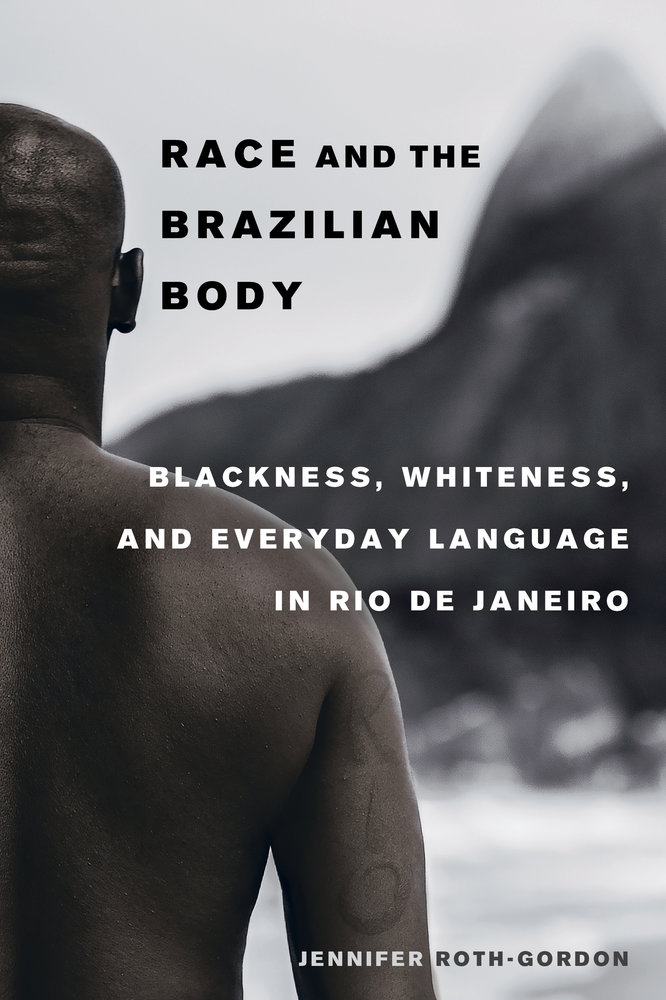Rethinking Religion and Race in the Great MigrationPosted in Articles, History, Media Archive, Religion, United States on 2017-11-12 23:30Z by Steven |
Rethinking Religion and Race in the Great Migration
Black Perspectives
2017-09-27
Emily Clark, Assistant Professor of Religious Studies
Gonzaga University, Spokane, Washington
 Prophet Noble Drew Ali (standing center) and temple members, at religious service of the Moorish Science Temple of America, circa late 1920s (Schomburg Center for Research in Black Culture, Photographs and Prints Division) |
This post is part of our online roundtable on Judith Weisenfeld’s New World A-Coming
Judith Weisenfeld’s New World A-Coming: Black Religion and Racial Identity during the Great Migration is, in short, a marvelous book. With its focus on the Moorish Science Temple of America (MST), the Nation of Islam (NOI), Father Divine’s Peace Mission Movement (PM), and a number of congregations of Ethiopian Hebrews, Weisenfeld challenges much of the previous scholarship by moving these groups from the margins to the center. She pushes the field to rethink its approach to religion and race, opening multiple avenues for future scholars..
…One of my favorite ways to appreciate a new book is to consider how it has re-shaped my thinking about my own work. My first book looked at the Afro-Creole community in New Orleans. No one characteristic differentiated Afro-Creoles from other southern blacks. Much of the city’s Afro-Creole population belonged to Catholic, educated, often mixed-race, French-speaking or bilingual families who were freed during the colonial or antebellum era and who were often wealthier than their Black, non-creole neighbors. When writing in response to W.E.B. Du Bois, local historian Rodolphe Lucien Desdunes noted a distinction between Afro-Creoles and other Black Americans. Desdunes wrote, “One aspires to equality, the other to identity. One forgets he is a Negro in order to think that he is a man; the other will forget that he is a man in order to think that he is a Negro…
Read the entire article here.




